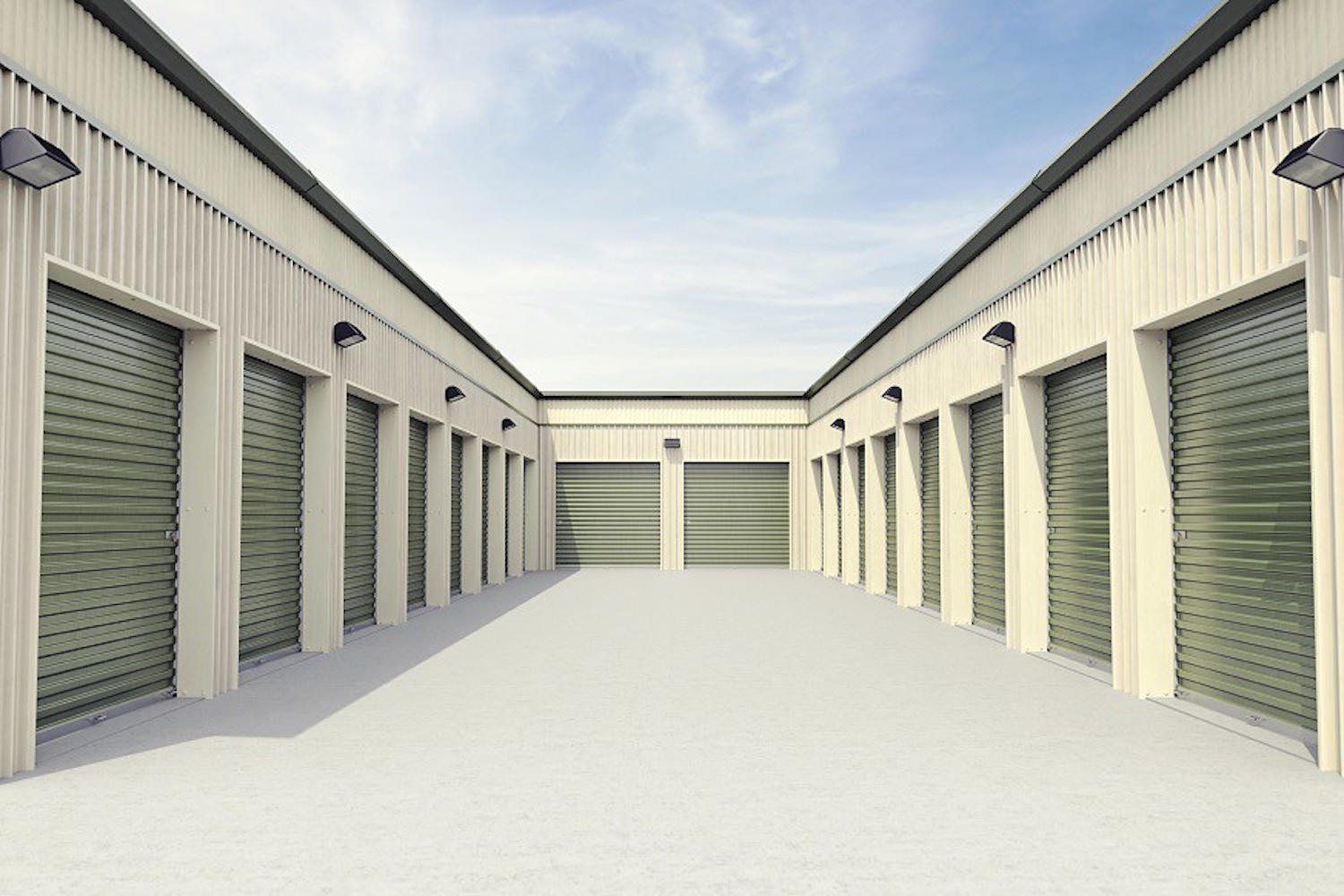3 Ways to Preserve Artwork in a Self-Storage Unit
Whether you’re a gallery owner with rooms of pieces to show or a casual collector, proper art preservation is key to keeping works on hand for years to come.
As you switch out gallery pieces, or give your décor a new and different look, seek a storage solution for items that aren’t currently needed.
Below, we highlight a few ways to prevent damage, and ensure your art collection’s ability to retain or gain value over time.
1. Keep It Packaged and Protected
Similar to almost anything else you want to store, first assess the piece’s current state of cleanliness and give it a dust. Ensure it’s completely free of debris, which can only worsen in state or cause unintended residue over time.
Next, think about how your artwork was packaged when you brought it home or when it was delivered to your gallery. This will help determine how to best package your art for storage.
Additionally, protect edges with cardboard, and consider an investment in acid-free paper to place on both sides of the art piece. Acid-free paper’s make up is built to protect important documents and artwork during long-term storage.
Layer front and back with one sheet of acid-free paper and a few layers of cardboard to prevent direct damage or bending, before placing into a cardboard box.
2. Select Climate-Controlled
Art requires specific temperature and humidity levels to maintain proper preservation. This will often be around 50% humidity and 70 degrees Fahrenheit, but may vary based on the material type and specific needs of your piece.
Make a list of the various elements and materials that make up your artwork prior to selection of a storage unit. Discuss with the facility manager what your best option for storage will be based on this list.
3. Store It Upright and Give it Room
Once the item is safely secured to store, you’ve selected an appropriate self-storage solution and transported the item from its former home to its long-term residence, you will need to pay attention to its placement among other items in your unit.
While storing your artwork with other items is fine, ensure its placement doesn’t accidentally put it in harm’s way.
Keep two major tips in mind:
Store upright to avoid stepping on the item, or a crushing blow should any items fall onto the piece as you move items around in your unit.
Give it room, and do not place any items on top of the artwork. This is especially true if the artwork was stored flat instead of upright, as the weight of additional items can damage the piece, and make unwanted indentions.
What types of artwork do you collect? Share which kinds and why in the comment section below.
Image Source: RyanMcGuire via PIxabay







